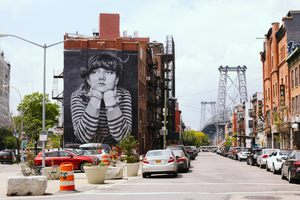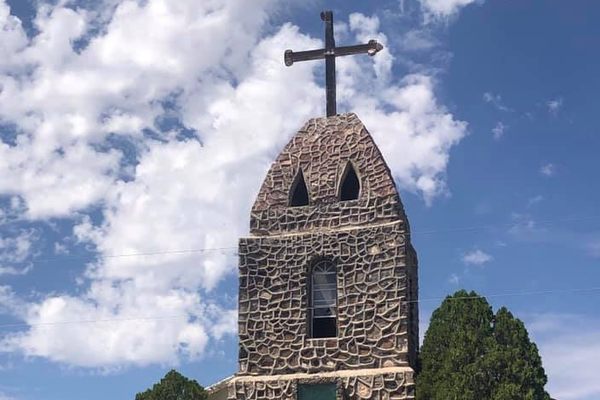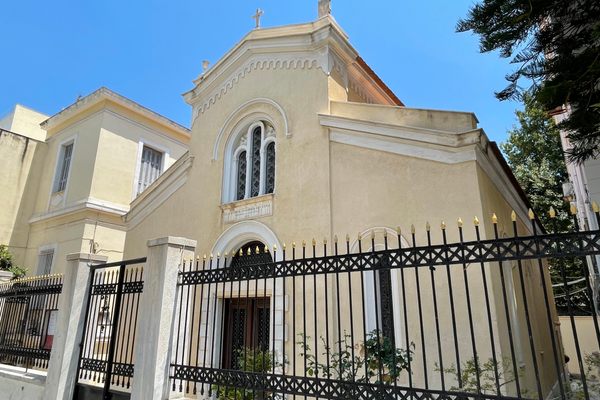About
Monasteries generally bring to mind places of peaceful tranquility, often set in remote areas and tended by monks. But there is an actual monastery hidden away right in the bustling New York borough of Brooklyn. The Brooklyn Visitation Monastery opened in 1855, still active and working today, is home to the Sisters of the Order of the Visitation of the Holy Mary. Situated in Bay Ridge, and set on over seven acres of beautiful grounds, it is a peaceful idyll.
Large parts of the grounds, however, are surrounded by a wall that stands over 20 feet tall, and the windows in the building behind the chapel are barred. According to their website, if you “have ever wondered what monastic life is like,” you can “come for a weekend retreat” once you have spoken to the Retreat Directress. But before you sign up, remember that this once abutted the site of the former Inebriate’s Home, Fort Hamilton for Kings County.
As the population of cities boomed in the 19th century, so to did the number of saloons. Public intoxication quickly became a major problem in the overcrowded tenements. “Is there hope for the fallen.....the reclamation of the drunkard!” were common newspaper headlines, and large scale institutions were created to combat the problems of drunkenness. These institutions may have been progressive, but their gothic-sounding names today evoke nightmarish visions of Victorian madhouses. From the Foul Wards for Delirious Alcoholics in Boston, to Dr. Jewell’s Home for the Incurables in San Francisco, to the Sunny Side Private Hospital for Inebriates, the Morphine Habit, and Diseases of the Mind and Nervous System in New York. The Inebriate's Home was another of these ominous facilities.
Incorporated in 1866, their annual report to the city ten years later stated that, "the success of the treatment has been fully equal to that of any institution hitherto established for the cure of inebriates. From whatever cause they may have contracted the habit, whether from the use of alcoholic liquors, opium, or other narcotics, they are received and in many instances restored to bodily and mental health."
Quite what conditions were like in the Inebriate’s home, is unclear. An article in the New York Times on March 5th, 1877, reported that there were 279 cases at the home, of which 35 were readmissions, and that the average time "submitted to treatment was 35 weeks and 4 days." But five years later, the numbers had swelled to 481, the annual report stating that "the institution was full to overflowing" and that they had to "refuse many worthy applicants."
The doctors aimed to be progressive, focusing more on scientific cures rather than moral. “The inebriate is a sick man and must seek the hospital and the physician and not moral treatment,” stated Dr. Edward Mann, who favored a "tonic and sedative" mix of zinc oxide, laced arsenic, one pill, three times a day.
By 1895, the Institution was closed, and replaced with the girls school that stands there today, watched over by the monastery next door, where you can pretend to be a monk, even if you can't get sober there any longer.
Related Tags
Community Contributors
Added By
Published
February 9, 2016





































